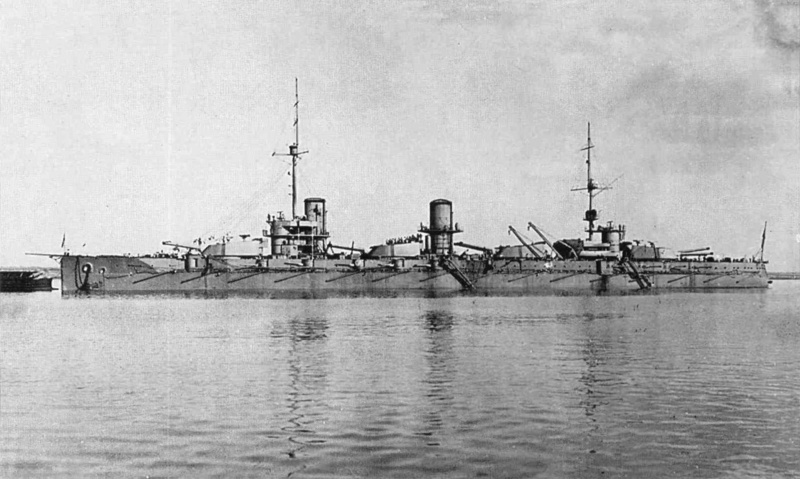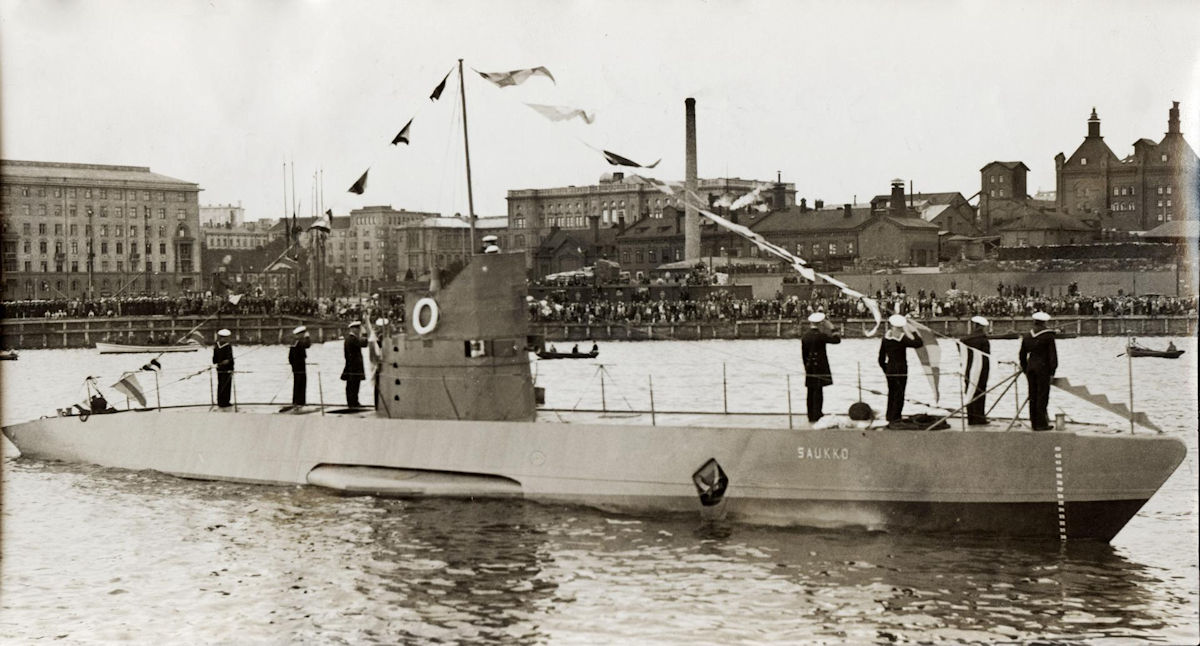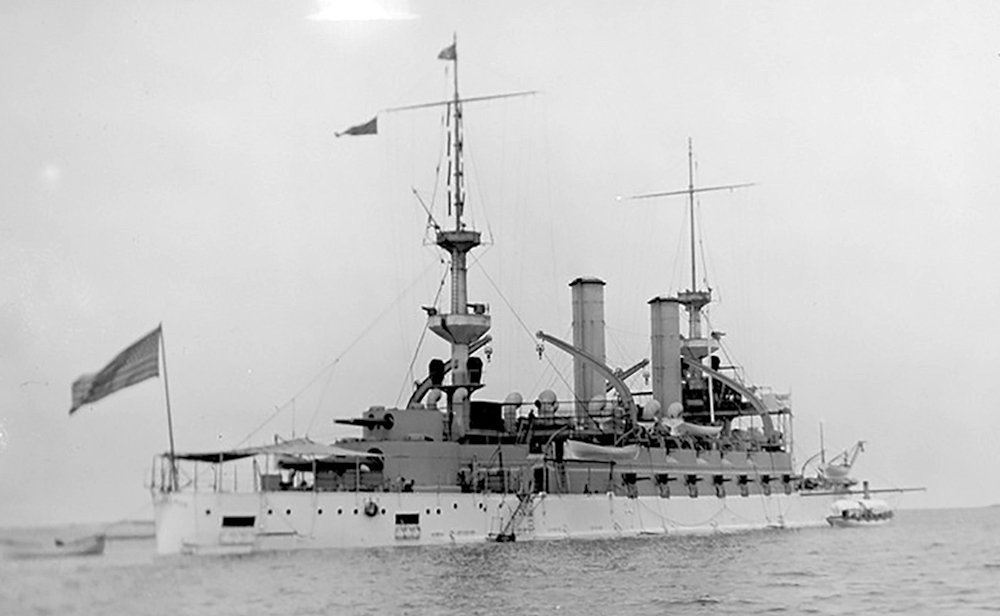Category: Ships
-
Russian Battleship Imperator Aleksandr III

Russian Battleship Imperator Aleksandr III Imperator Aleksandr III was a battleship built for the Imperial Russian Navy. The third and last of the three ship Imperatritsa Mariya-class (along with her sisters Imperatritsa Ekaterina Velikaya and Imperatritsa Mariya), she was launched 15 April 1914. Completion was delayed as effort was concentrated on her two more advanced… Read more
-
Finnish Submarine Saukko

Finnish Submarine Saukko Saukko (Finnish for European otter) was a Finnish submarine launched in 1930. Designed to operated from Lake Ladoga, her tonnage was limited to 100 tonnes by the Treaty of Tartu. In reality, she weighted 114 tonnes and never operated from the lake. To enable rail transportation, she was able to be separated… Read more
-
US Battleship USS Kearsarge BB-5

US Battleship USS Kearsarge BB-5 The lead ship of her class of two pre-dreadnought battleships, USS Kearsarge BB-5 was laid down on 30 June 1896. Launched on 24 March 1898, she was commissioned into the US Navy on 20 February 1900. Her early career saw Kearsarge act as the flagship for the the North Atlantic Squadron.… Read more